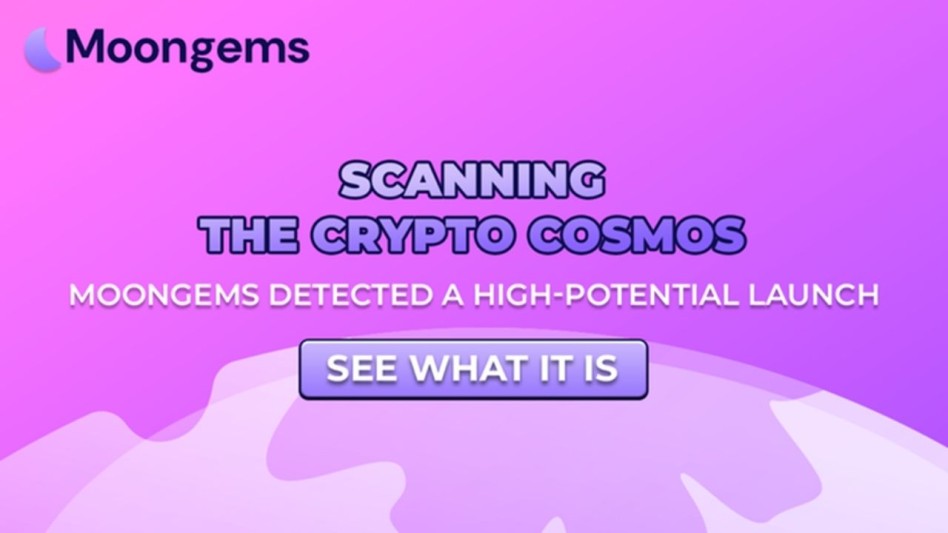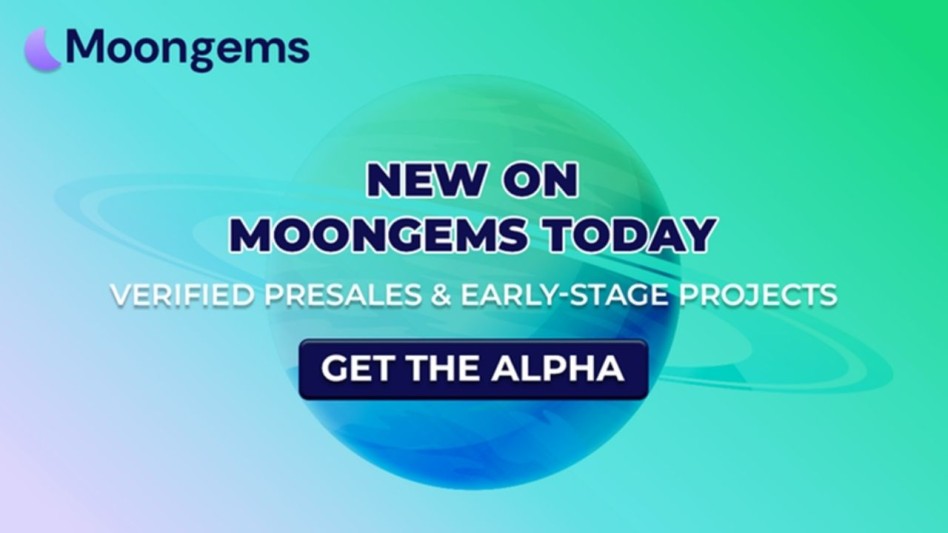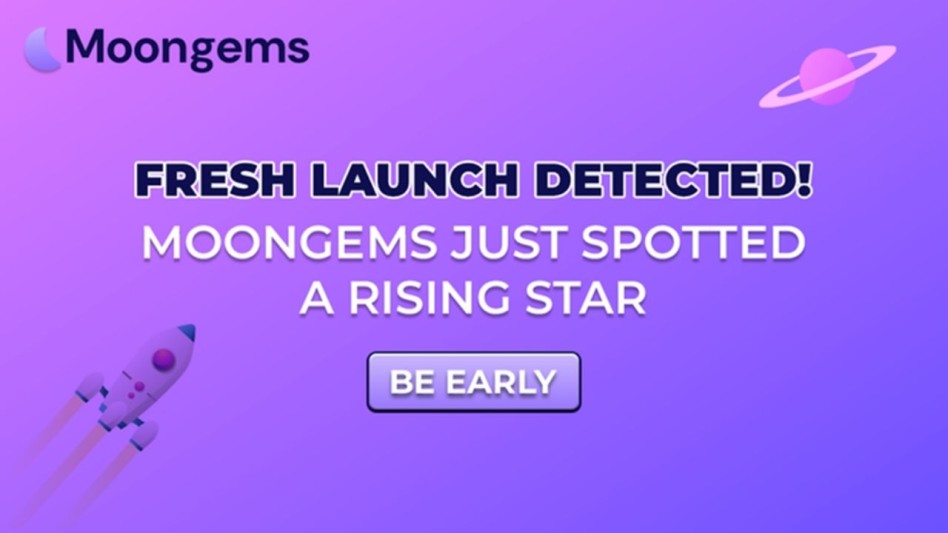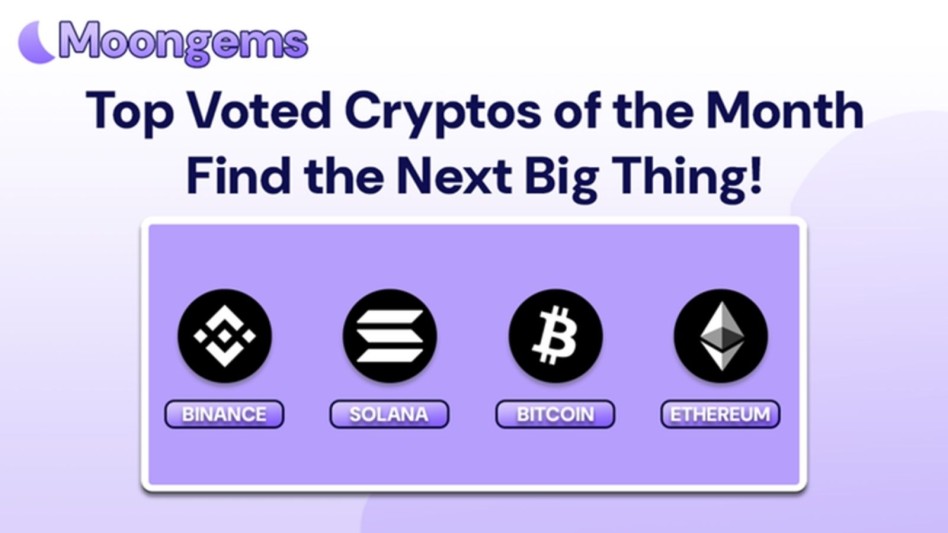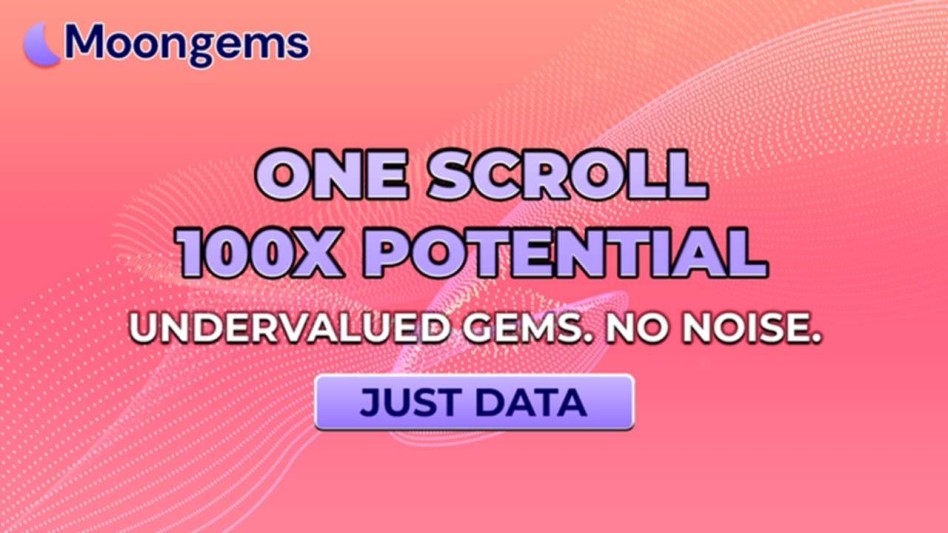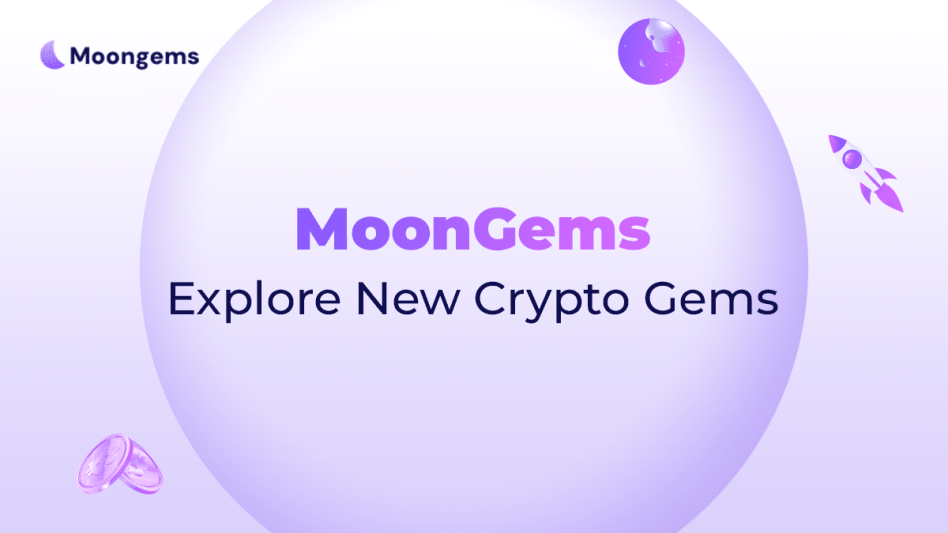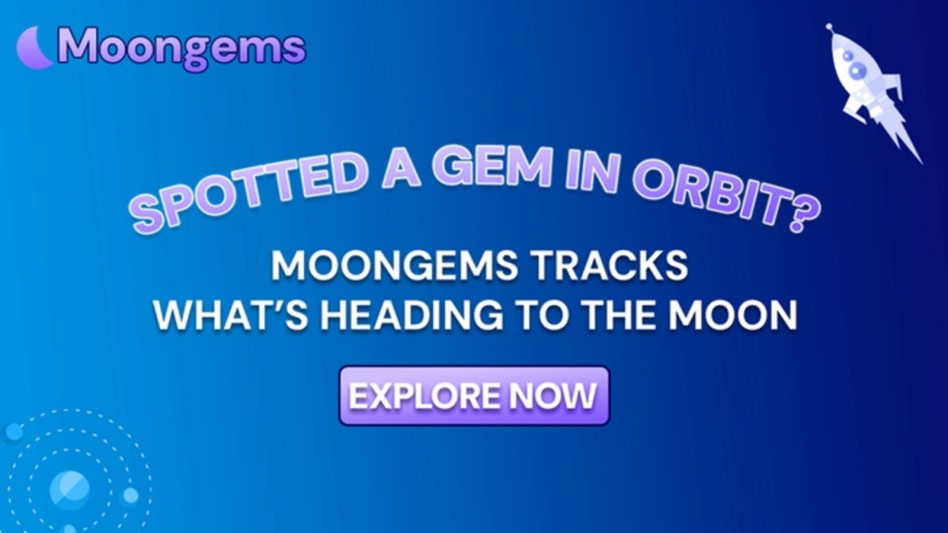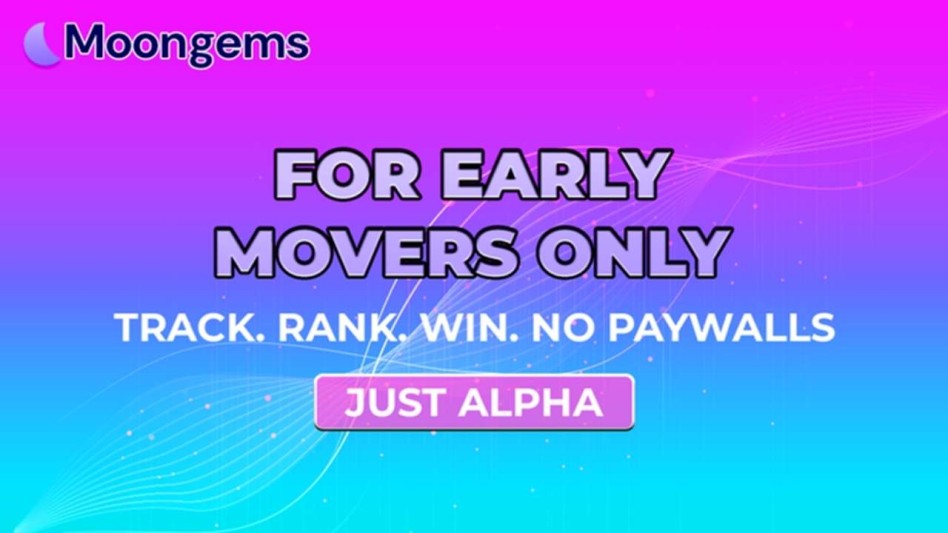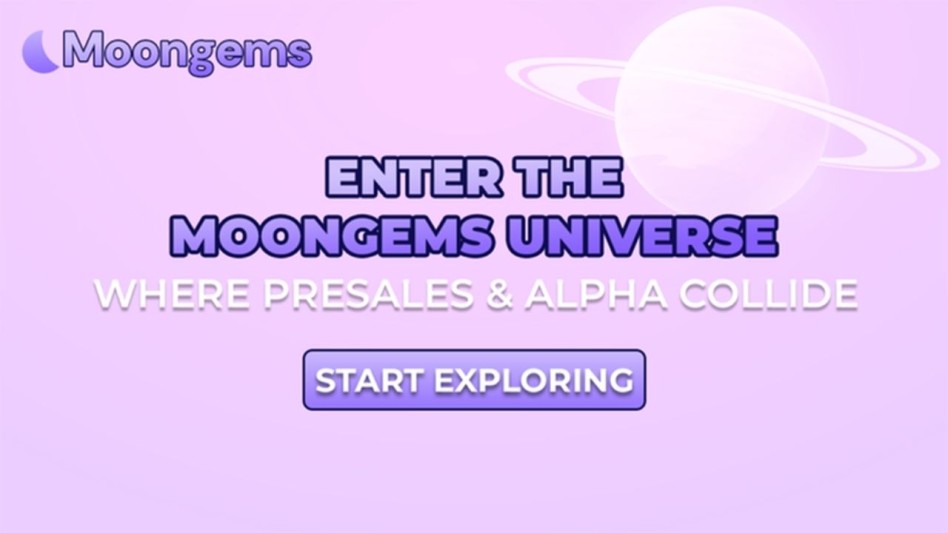Author: Jawad Hussain – Crypto Analyst & Web3 Researcher | 9+ years tracking presales, IDOs, and token launches. Follow him on Twitter
Early-stage crypto projects offer some of the biggest financial upside in Web3. However, they also come with significant risks — from shady developers to pump-and-dump schemes disguised as legitimate innovations.
If you’re serious about investing in presales, joining crypto launchpads, or even spotting the next big 100x token, learning to identify red flags is a non-negotiable skill. This article reveals the top 7 red flags to avoid when evaluating early-stage crypto projects in 2025, so you don’t fall victim to rug pulls, fake founders, or broken promises.
Why Spotting Red Flags Early Saves Your Portfolio
In crypto, timing is everything — but so is due diligence. Projects move fast. By the time a token goes live, thousands of wallets may have already piled in. If you spot red flags before the launch, you save money, time, and emotional stress.
Some investors make the mistake of ignoring obvious warning signs just because the price is low. However, a cheap token in a poor project is still a poor investment.
So let’s break down the seven red flags you must watch out for in 2025.
1. Anonymous or Undoxxed Team
One of the most glaring red flags in early-stage crypto projects is a team that refuses to reveal its identity.
Why This Is Dangerous
An anonymous team might seem “normal” in crypto culture, but without any accountability, they can walk away from a failed or fraudulent project without consequences. Many of the most notorious rug pulls in crypto history came from projects with zero transparency.
What to Watch For
- No LinkedIn or verifiable social profiles
- Fake stock photos or AI-generated profile pictures
- No past crypto experience or portfolio
- Vague bios like “Crypto OG” or “Marketing Genius” with no proof
How to Verify
Use platforms like:
- MoonGems to see community-scored project legitimacy
If you can’t tie a name to a real person, it’s a no-go.
2. No Smart Contract Audit
Smart contracts are the heart of any DeFi or presale project. If they’re unaudited, your money is at the mercy of bugs, exploits, or malicious backdoors.
Why This Is Dangerous
Without a third-party audit, there’s no way to verify the contract does what it claims. Some unaudited projects include hidden mint functions, rug triggers, or token freezing scripts.
What to Watch For
- “Audit coming soon” with no ETA
- Unverifiable audit reports or fake CertiK logos
- No contract verification on Etherscan/BscScan
- No GitHub link or open-source code
How to Verify
- Look for completed audits from CertiK, Hacken, or Solidity Finance
- Paste the contract into GoPlus for a quick safety check
- Review audit summaries and check if issues were fixed
3. Poor or Suspicious Tokenomics
Tokenomics aren’t just numbers — they’re a project’s financial engine. If they're badly structured, expect price dumps, insider manipulation, or no incentive to hold.
Why This Is Dangerous
Projects with bad tokenomics usually have:
- Too much allocation to the team or advisors
- No lock-up or vesting schedules
- No utility for the token
- Misleading “burn” or “rewards” systems with no math behind them
What to Watch For
- 100% unlocked tokens at TGE
- 50%+ supply going to the team
- No staking, no governance, no product tie-in
- Token has no reason to exist beyond hype
How to Verify
Use TokenUnlocks or [MoonGems Tokenomics Analysis] to evaluate:
- Supply schedules
- Team lock-up periods
- Circulating vs total supply
- Projected inflation rate
4. Fake Partnerships or Endorsements
Some projects claim to be “partnered with Binance” or “audited by CertiK” when they’ve never had any official agreement.
Why This Is Dangerous
These false claims are designed to create trust and deceive investors into believing the project has significant backing.
What to Watch For
- No link to official announcements
- Screenshots instead of press releases
- Names dropped without confirmation.
- No backlinks from the partner’s official site or socials
How to Verify
- Search for announcements on the actual partner’s X/Twitter or website.
- Use Cointelegraph or Decrypt to check if partnerships were reported.
- Ask the project team for source links — if they dodge or delay, red flag!
5. Overhyped Roadmap with No MVP
An impressive-sounding roadmap is worthless without actual product development.
Why This Is Dangerous
Rug-pull teams often fill their roadmap with fluffy goals, buzzwords like “AI-powered” or “game-changing” — but never ship a working product.
What to Watch For
- No MVP, testnet, or app preview
- “Q1 2025: Moon” or other meaningless roadmap phases
- No developer updates
- No GitHub activity or tech documentation
How to Verify
- Ask for demos, Figma files, or testnet links.
- Check GitHub or project changelogs.
- Look for founder interviews or dev livestreams
If nothing is built by the time they’re raising money, ask: “Where’s the product?”
6. Bot-Filled or Inactive Community
A strong, engaged community is the lifeblood of any early-stage token. If all you see are shill posts or fake reactions, the project likely lacks genuine support behind it.
Why This Is Dangerous
A fake or silent community suggests:
- Low organic traction
- Poor user retention
- Inflated metrics to fool investors
What to Watch For
- 50K+ Telegram members but zero conversation
- Fake “gm” spam replies or botted emoji reactions
- No meaningful questions, memes, or feedback
How to Verify
- Join the Discord or Telegram and ask a basic question
- Check if mods/founders engage or ignore
- Look at member join rates and retention via Combot or TGStat
7. Vague or Manipulative Whitelist Process
Whitelisting is intended to ensure fair access, but some projects abuse it to farm engagement or manipulate allocations.
Why This Is Dangerous
If a project offers no clear rules, deadlines, or wallet confirmations, you may be doing free marketing in exchange for nothing.
What to Watch For
- No terms on task deadlines or token caps
- DMs required for whitelist (scam alert!)
- No official form or confirmation system
- Fake Galxe/Gleam campaigns impersonating the project
How to Verify
- Use MoonGems or Zealy to find legit campaign links
- Cross-check form URLs with official socials
- Ask in the community: “Where’s the confirmation list?”
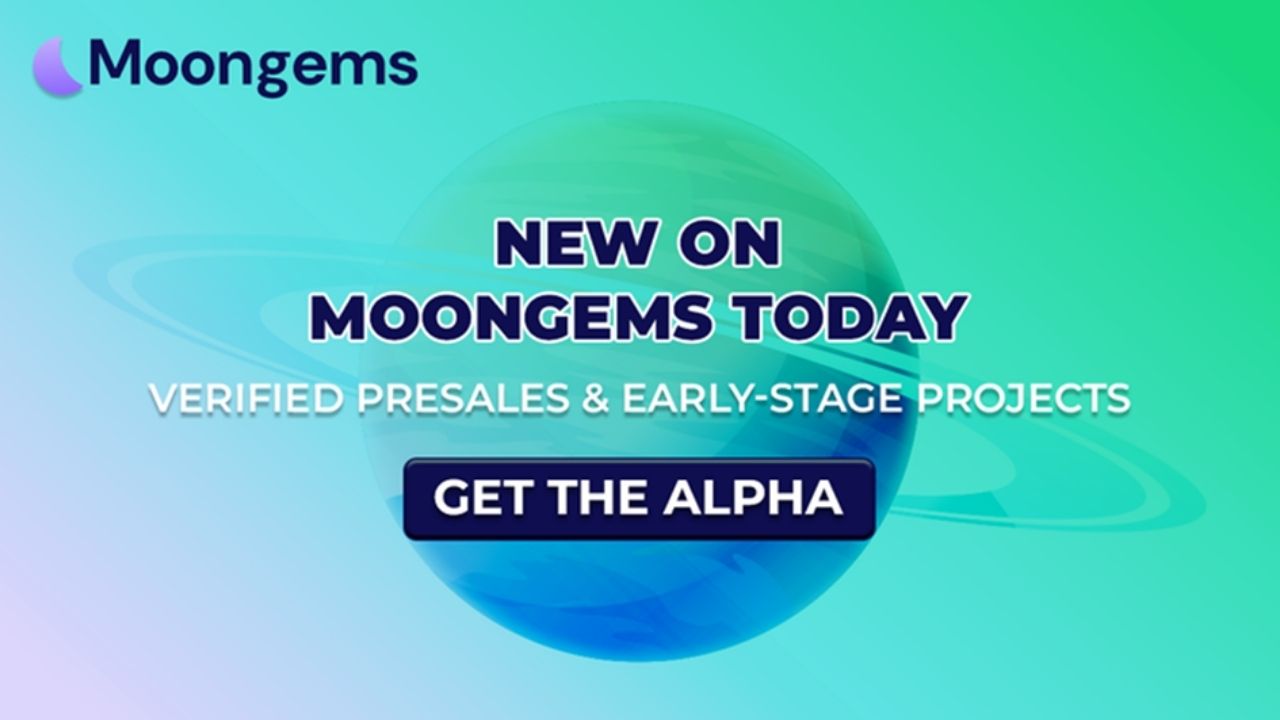
Conclusion
Red flags don’t just signal risk — they tell a story. When you're reviewing a new crypto presale, think like a detective: what’s being said, what’s missing, and who’s behind the curtain? If even one of these red flags shows up, pause and dig deeper.
From anonymous teams and fake audits to shady tokenomics and hollow roadmaps, early-stage crypto is full of traps. But by knowing the warning signs, you give yourself a major edge — because real alpha comes not just from being early, but from being prepared.
In 2025, the smartest investors aren’t just aping into tokens — they’re analyzing, verifying, and outmaneuvering the crowd. With tools like MoonGems, the right mindset, and a red-flag radar on high alert, you’ll position yourself not just for profit, but for long-term success in the most exciting financial frontier on the planet.
Glossary of Key Terms
|
Term |
Definition |
|
Rug Pull |
A scam where developers drain funds or abandon a project after raising capital. |
|
Smart Contract Audit |
A third-party review of the project’s code to identify bugs, backdoors, or vulnerabilities. |
|
Tokenomics |
The economic structure of a token including supply, distribution, vesting, and utility. |
|
MVP (Minimum Viable Product) |
A working prototype that demonstrates core features of a project. |
|
TGE (Token Generation Event) |
The moment when a project mints and distributes its tokens. |
|
Whitelist |
A list of pre-approved wallet addresses eligible to join a presale or IDO. |
|
KYC (Know Your Customer) |
The identity verification process required by some launchpads or projects. |
|
Community Bots |
Fake or automated accounts used to inflate engagement metrics. |
|
Partnership Verification |
Confirming that a project’s claimed collaborations are authentic and public. |
|
Launchpad |
A platform that hosts early-stage token sales and presales for new crypto projects. |
Frequently Asked Questions (FAQs)
- What is the most common red flag in new crypto projects?
The most common red flag is an anonymous or undoxxed team. Without public accountability, there’s little stopping the team from walking away after a presale.
- Are unaudited smart contracts always unsafe?
Not always — but they carry much higher risk. Without a completed audit by a trusted firm, there's no guarantee the contract doesn’t contain hidden exploits.
- How do I verify tokenomics are safe for long-term investment?
Check allocation breakdowns, vesting schedules, and utility. Look for tools like TokenUnlocks and use MoonGems for red flag alerts related to team and investor token allocations.
- What’s a fake whitelist and how can I avoid it?
A fake whitelist is a scam tactic used to farm wallet data or create false engagement. Avoid any whitelist that requires DM submissions, lacks confirmation, or is not published on official channels.
- Why is community engagement so important?
A strong, organic community builds momentum, user feedback, and post-launch stability. If the community is botted or inactive, it likely signals weak fundamentals.
- Is a big roadmap a good sign?
Not always. A bloated roadmap with unrealistic goals and no MVP is often used to hype up investors without any real product delivery. Always verify development milestones before investing.
- How can MoonGems help me avoid red flag projects?
MoonGems uses vetted research, legitimacy scores, and community feedback to flag potential risks in presales and launchpad listings. It’s a must-use tool for presale investors in 2025.
Disclaimer:
This content is for informational purposes only and does not constitute financial advice. Always do your own research (DYOR) before investing in cryptocurrencies. Crypto assets are high-risk and volatile. Past performance is not indicative of future results.



